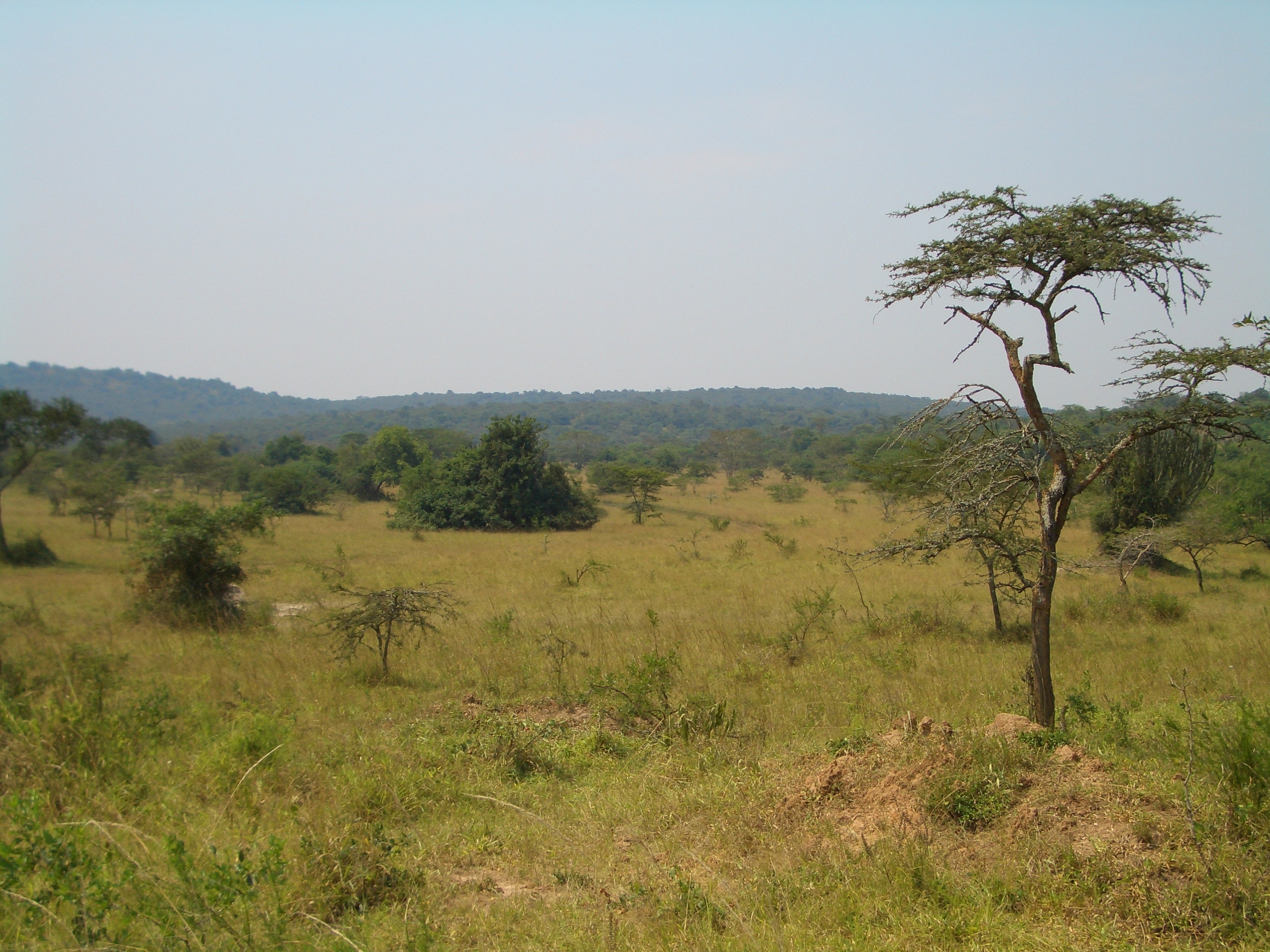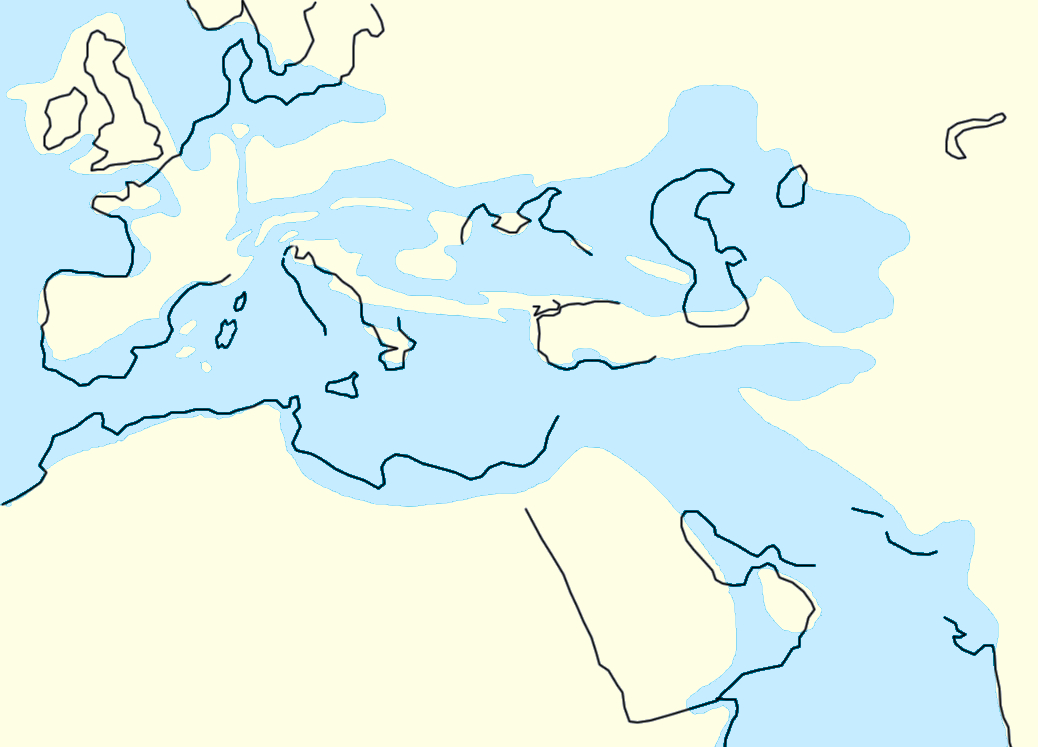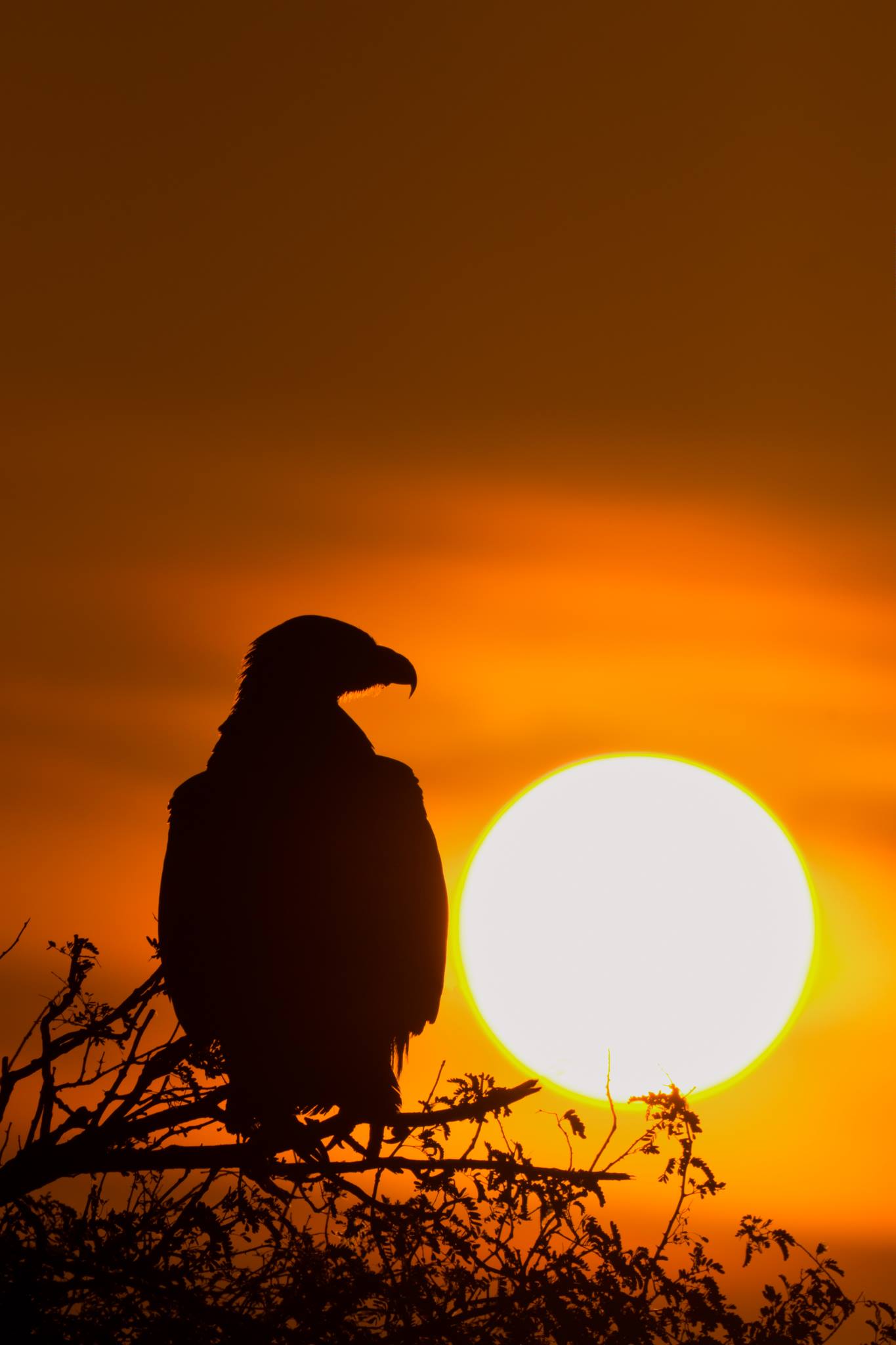|
Mountain Gorillas
The mountain gorilla (''Gorilla beringei beringei'') is one of the two subspecies of the eastern gorilla. It is listed as endangered by the IUCN as of 2018. There are two populations: One is found in the Virunga volcanic mountains of Central/East Africa, within three National Parks: Mgahinga, in southwest Uganda; Volcanoes, in northwest Rwanda; and Virunga, in the eastern Democratic Republic of Congo (DRC). The other population is found in Uganda's Bwindi Impenetrable National Park. Some primatologists speculate the Bwindi population is a separate subspecies, though no description has been finalized. As of June 2018, there were more than 1,000 individuals. Evolution, taxonomy, and classification Mountain gorillas are descendants of ancestral monkeys and apes found in Africa and Arabia during the start of the Oligocene epoch (34–24 million years ago). The fossil record provides evidence of the hominoid primates (apes) found in east Africa approximately 22–32 milli ... [...More Info...] [...Related Items...] OR: [Wikipedia] [Google] [Baidu] |
Bwindi Impenetrable National Park
The Bwindi Impenetrable National Park (BINP) is in southwestern Uganda. The park is part of the Bwindi Impenetrable Forest and is situated along the Democratic Republic of the Congo (DRC) border next to the Virunga National Park and on the edge of the Albertine Rift. Composed of of both Montane forest, montane and lowland forest, it is accessible only on foot. BINP is a United Nations Educational, Scientific and Cultural Organization-designated World Heritage Site. Species diversity is a feature of the park. It provides habitat for 120 species of mammals, 348 species of birds, 220 species of butterfly, butterflies, 27 species of frogs, chameleons, geckos, and many endangered species. Floristically, the park is among the most diverse forests in East Africa, with more than 1,000 flowering plant species, including 163 species of trees and 104 species of ferns. The northern (low elevation) sector has many species of Guineo-Congolian flora, including two endangered species, the Lovoa ... [...More Info...] [...Related Items...] OR: [Wikipedia] [Google] [Baidu] |
Paul Matschie
Paul Matschie Paul Matschie (11 August 1861, Brandenburg an der Havel – 7 March 1926, Friedenau) was a German zoologist. He studied mathematics and natural sciences at the Universities of Halle and Berlin, afterwards working as an unpaid volunteer at the Berlin Zoological Museum under Jean Cabanis (1816–1906). In 1892 he was in charge of the department of mammals at the museum, later becoming a curator (1895), and in 1902 attaining the title of professor. In 1924 he was appointed second director at the museum. During the years 1891–93, he described 11 new species of reptiles. A species of gecko, ''Hemidactylus matschiei The Togo leaf-toed gecko (''Hemidactylus matschiei'') is a species of gecko, a lizard in the family Gekkonidae. The species is endemic to West Africa. Etymology The specific name, ''matschiei'', is in honor of German zoologist Paul Matschie.Beo ...'' ( Tornier, 1901), is named in his honor. Matschie organized the fifth International Congress of ... [...More Info...] [...Related Items...] OR: [Wikipedia] [Google] [Baidu] |
Oligocene
The Oligocene ( ) is a geologic epoch of the Paleogene Period and extends from about 33.9 million to 23 million years before the present ( to ). As with other older geologic periods, the rock beds that define the epoch are well identified but the exact dates of the start and end of the epoch are slightly uncertain. The name Oligocene was coined in 1854 by the German paleontologist Heinrich Ernst Beyrich from his studies of marine beds in Belgium and Germany. The name comes from the Ancient Greek (''olígos'', "few") and (''kainós'', "new"), and refers to the sparsity of extant forms of molluscs. The Oligocene is preceded by the Eocene Epoch and is followed by the Miocene The Miocene ( ) is the first geological epoch of the Neogene Period and extends from about (Ma). The Miocene was named by Scottish geologist Charles Lyell; the name comes from the Greek words (', "less") and (', "new") and means "less recent" ... Epoch. The Oligocene is the third and final epoch of ... [...More Info...] [...Related Items...] OR: [Wikipedia] [Google] [Baidu] |
Chicago
(''City in a Garden''); I Will , image_map = , map_caption = Interactive Map of Chicago , coordinates = , coordinates_footnotes = , subdivision_type = List of sovereign states, Country , subdivision_name = United States , subdivision_type1 = U.S. state, State , subdivision_type2 = List of counties in Illinois, Counties , subdivision_name1 = Illinois , subdivision_name2 = Cook County, Illinois, Cook and DuPage County, Illinois, DuPage , established_title = Settled , established_date = , established_title2 = Municipal corporation, Incorporated (city) , established_date2 = , founder = Jean Baptiste Point du Sable , government_type = Mayor–council government, Mayor–council , governing_body = Chicago City Council , leader_title = Mayor of Chicago, Mayor , leader_name = Lori Lightfo ... [...More Info...] [...Related Items...] OR: [Wikipedia] [Google] [Baidu] |
Foraging
Foraging is searching for wild food resources. It affects an animal's fitness because it plays an important role in an animal's ability to survive and reproduce. Foraging theory is a branch of behavioral ecology that studies the foraging behavior of animals in response to the environment where the animal lives. Behavioral ecologists use economic models and categories to understand foraging; many of these models are a type of optimal model. Thus foraging theory is discussed in terms of optimizing a payoff from a foraging decision. The payoff for many of these models is the amount of energy an animal receives per unit time, more specifically, the highest ratio of energetic gain to cost while foraging. Foraging theory predicts that the decisions that maximize energy per unit time and thus deliver the highest payoff will be selected for and persist. Key words used to describe foraging behavior include ''resources'', the elements necessary for survival and reproduction which have a l ... [...More Info...] [...Related Items...] OR: [Wikipedia] [Google] [Baidu] |
Diurnal Animal
Diurnality is a form of plant and animal behavior characterized by activity during daytime, with a period of sleeping or other inactivity at night. The common adjective used for daytime activity is "diurnal". The timing of activity by an animal depends on a variety of environmental factors such as the temperature, the ability to gather food by sight, the risk of predation, and the time of year. Diurnality is a cycle of activity within a 24-hour period; cyclic activities called circadian rhythms are endogenous cycles not dependent on external cues or environmental factors except for a zeitgeber. Animals active during twilight are crepuscular, those active during the night are nocturnal and animals active at sporadic times during both night and day are cathemeral. Plants that open their flowers during the daytime are described as diurnal, while those that bloom during nighttime are nocturnal. The timing of flower opening is often related to the time at which preferred pollinators ... [...More Info...] [...Related Items...] OR: [Wikipedia] [Google] [Baidu] |
Quadrupedal
Quadrupedalism is a form of locomotion where four limbs are used to bear weight and move around. An animal or machine that usually maintains a four-legged posture and moves using all four limbs is said to be a quadruped (from Latin ''quattuor'' for "four", and ''pes'', ''pedis'' for "foot"). Quadruped animals are found among both vertebrates and invertebrates. Quadrupeds vs. tetrapods Although the words ‘quadruped’ and ‘tetrapod’ are both derived from terms meaning ‘four-footed’, they have distinct meanings. A tetrapod is any member of the taxonomic unit Tetrapoda (which is defined by descent from a specific four-limbed ancestor), whereas a quadruped actually uses four limbs for locomotion. Not all tetrapods are quadrupeds and not all entities that could be described as ‘quadrupedal’ are tetrapods. This last meaning includes certain artificial objects; almost all quadruped ''organisms'' are tetrapods (with the exception of some raptorial arthropods adapte ... [...More Info...] [...Related Items...] OR: [Wikipedia] [Google] [Baidu] |
Terrestrial Animal
Terrestrial animals are animals that live predominantly or entirely on land (e.g. cats, dogs, ants, spiders), as compared with aquatic animals, which live predominantly or entirely in the water (e.g. fish, lobsters, octopuses), and amphibians, which rely on a combination of aquatic and terrestrial habitats (e.g. frogs and newts). Some groups of insects are terrestrial, such as ants, butterflies, earwigs, cockroaches, grasshoppers and many others, while other groups are partially aquatic, such as mosquitoes and dragonflies, which pass their larval stages in water. Terrestrial animals tend to be more developed and intelligent than aquatic animals. Terrestrial classes The term "terrestrial" is typically applied to species that live primarily on the ground, in contrast to arboreal species, which live primarily in trees. There are other less common terms that apply to specific groups of terrestrial animals: * Saxicolous creatures are rock dwelling. "Saxicolous" is d ... [...More Info...] [...Related Items...] OR: [Wikipedia] [Google] [Baidu] |
Cameroon
Cameroon (; french: Cameroun, ff, Kamerun), officially the Republic of Cameroon (french: République du Cameroun, links=no), is a country in west- central Africa. It is bordered by Nigeria to the west and north; Chad to the northeast; the Central African Republic to the east; and Equatorial Guinea, Gabon and the Republic of the Congo to the south. Its coastline lies on the Bight of Biafra, part of the Gulf of Guinea and the Atlantic Ocean. Due to its strategic position at the crossroads between West Africa and Central Africa, it has been categorized as being in both camps. Its nearly 27 million people speak 250 native languages. Early inhabitants of the territory included the Sao civilisation around Lake Chad, and the Baka hunter-gatherers in the southeastern rainforest. Portuguese explorers reached the coast in the 15th century and named the area ''Rio dos Camarões'' (''Shrimp River''), which became ''Cameroon'' in English. Fulani soldiers founded the Adamawa E ... [...More Info...] [...Related Items...] OR: [Wikipedia] [Google] [Baidu] |
Ambam
Ambam is a town and commune in South Province of Cameroon on the border with Equatorial Guinea and Gabon. This frontier town is located approximately 220 km from Yaoundé and as of 2005 had a population of 1,596. Traditionally, it has traded with its neighbouring countries across the border. The Fang are the main ethnic group. History This town was once occupied by the Germans under the nation of Kamerun. The Germans built several administrative buildings in Ambam as it was of strategic importance. On 14 December 2000, the building proposal of a new road connecting Ambam to Eking on the Gabonese border was passed and signed on 2 February 2001. The building of the 27 kilometre road was funded by African Development Foundation (ADF) and the Government of Cameroon and was intended to improve socio-economic infrastructure and to improve the institutional capacities of the Ministries of Public Works (MINTP), Forestry and Wildlife (MINFOF), and Environment and Protection of Na ... [...More Info...] [...Related Items...] OR: [Wikipedia] [Google] [Baidu] |
Kivu
Kivu was the name for a large "region" in the Democratic Republic of the Congo under the rule of Mobutu Sese Seko that bordered Lake Kivu. It included three "Sub-Regions" ("Sous-Régions" in French): Nord-Kivu, Sud-Kivu and Maniema, corresponding to the three current provinces created in 1986. The capital of the Kivu Region was in Bukavu, and the capitals of the three Sub-Regions were in Goma, Uvira and Kindu. Kivu has been repeatedly subjected to major conflicts since the early 20th century. Under Belgian colonial rule, it was the site of several religious revolts such as the 1944 Kivu uprising. Following independence, it was a battleground of the Simba rebellion, First Congo War, and Second Congo War, and has been the site of an ongoing military conflict since the early 2000s. In addition, an Ebola epidemic affected the region from August 2018 to June 2020. Geography Kivu is also the name for the entire region surrounding Lake Kivu, including the portions in Rwand ... [...More Info...] [...Related Items...] OR: [Wikipedia] [Google] [Baidu] |
Temporalis Muscle
In anatomy, the temporalis muscle, also known as the temporal muscle, is one of the muscles of mastication (chewing). It is a broad, fan-shaped convergent muscle on each side of the head that fills the temporal fossa, superior to the zygomatic arch so it covers much of the temporal bone.Illustrated Anatomy of the Head and Neck, Fehrenbach and Herring, Elsevier, 2012, page 98''Temporal'' refers to the head's temples. Structure In humans, the temporalis muscle arises from the temporal fossa and the deep part of temporal fascia. This is a very broad area of attachment. It passes medial to the zygomatic arch. It forms a tendon which inserts onto the coronoid process of the mandible, with its insertion extending into the retromolar fossa posterior to the most distal mandibular molar.Human Anatomy, Jacobs, Elsevier, 2008, page 194 In other mammals, the muscle usually spans the dorsal part of the skull all the way up to the medial line. There, it may be attached to a sagittal cre ... [...More Info...] [...Related Items...] OR: [Wikipedia] [Google] [Baidu] |





.jpg)
